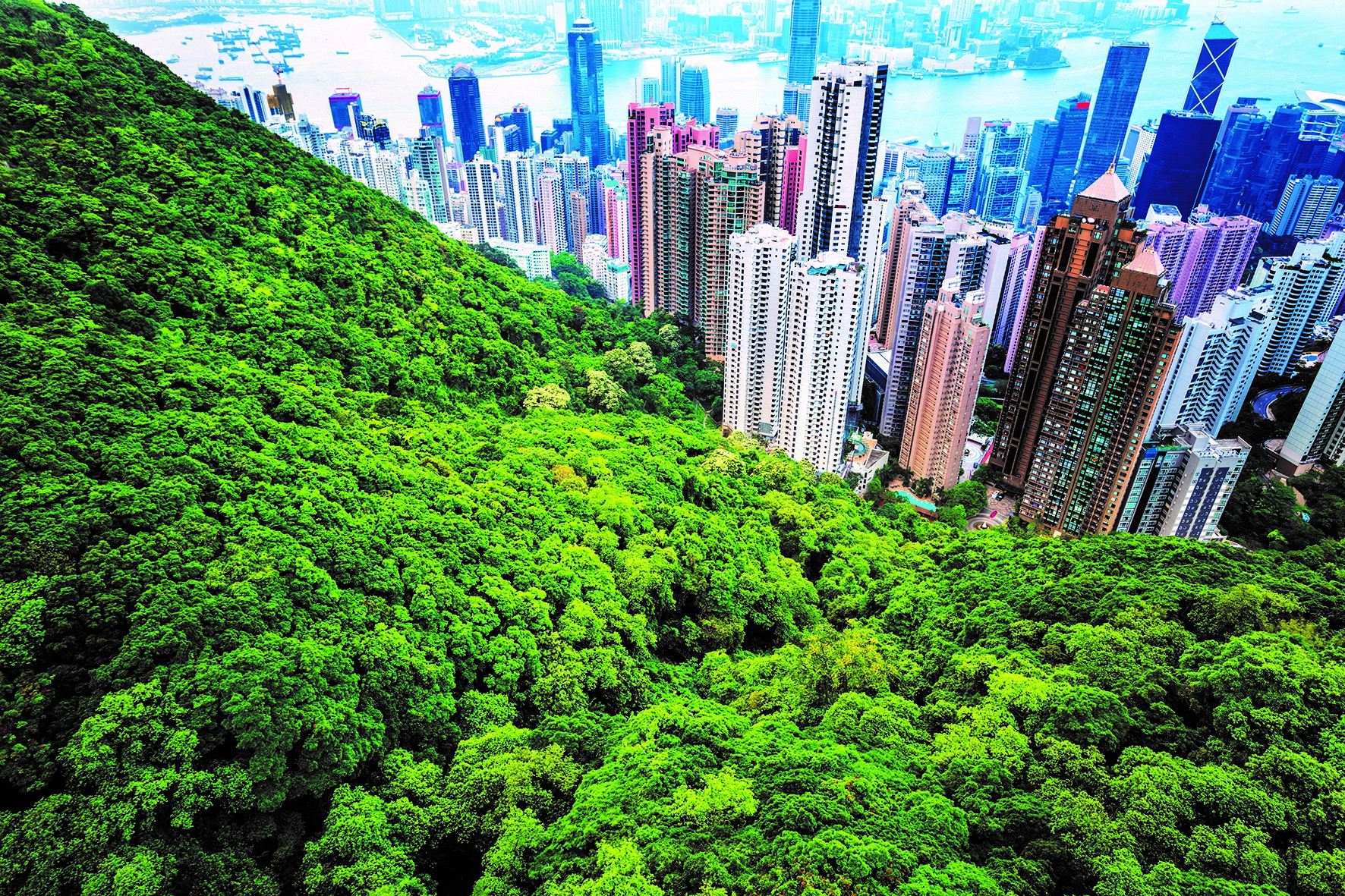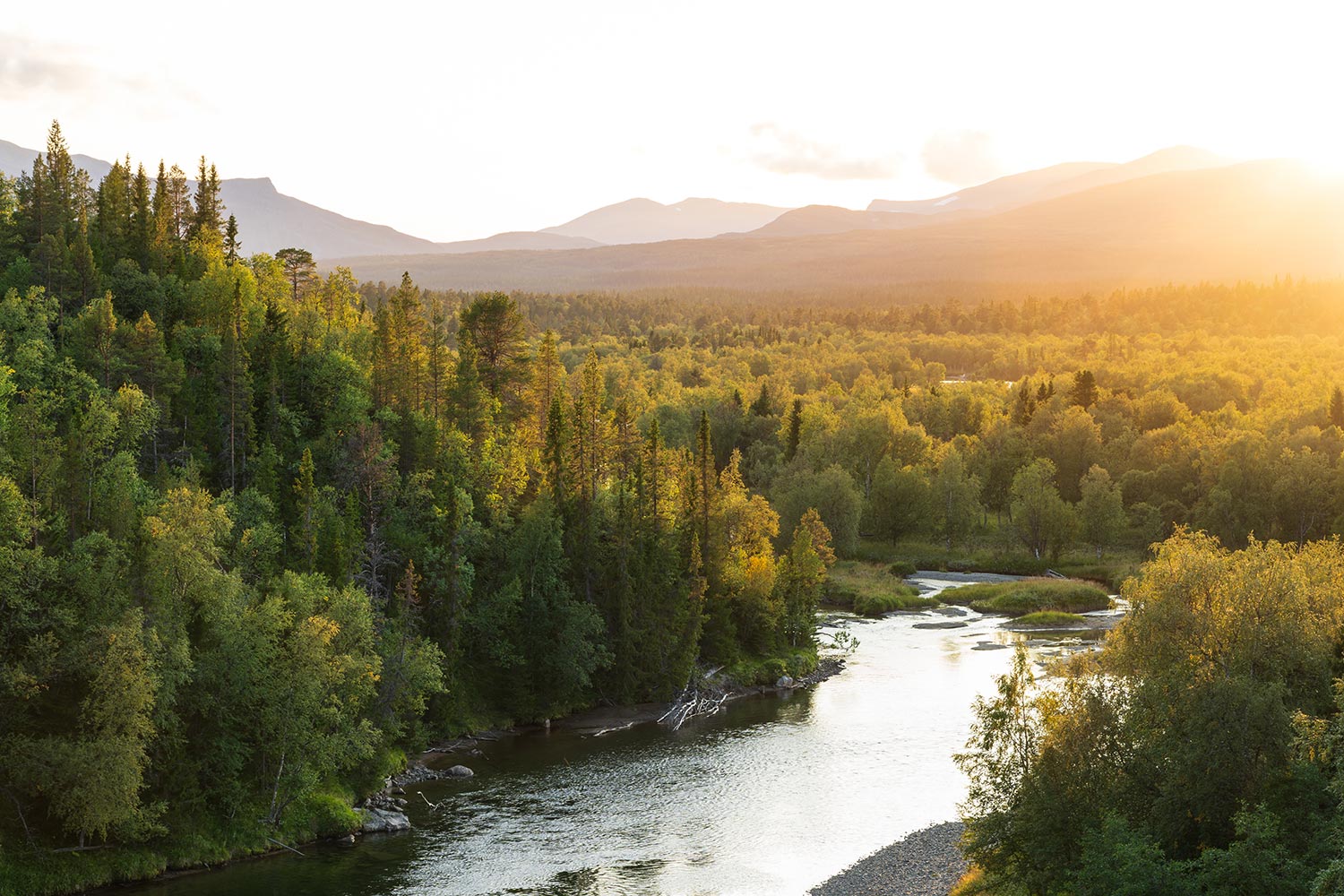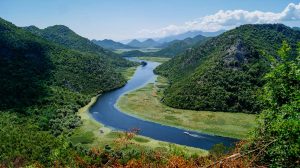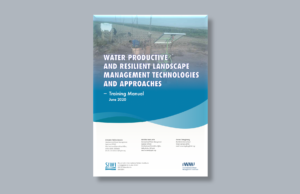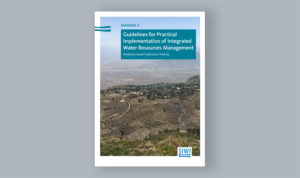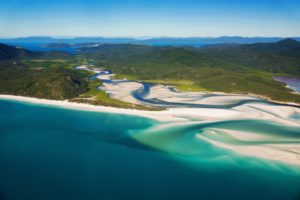A growing number of people, societies and companies are discovering the power of resilient landscapes. It is still possible to shift to more sustainable practices that recharge water, restore soil health, sequester carbon, and strengthen biodiversity – but we need to make the transformation now.
Humans rely on healthy ecosystems for almost everything, including the water we drink and the food that we eat. But unsustainable land use is bringing more and more ecosystems dangerously close to collapse. Humans have disrupted the water cycle, eroded soil health, and caused massive loss of biodiversity. The result is increasingly degraded landscapes that eventually will not provide the clean water, fibre, energy, food, and carbon storage that our societies rely on.
The situation is serious: according to the Global Assessment on biodiversity and ecosystem services, we are already living in an era of mass extinction of species that could also threaten human existence. The natural variations within species or ecosystems should be thought of as nature’s insurance policy, which is especially important at a time of abrupt change, like the global warming we are currently experiencing. Even if the most commonly found variety of a species has problems coping with the change, the biodiverse ecosystem might include varieties that are better able to adapt and that can uphold the same function in the ecosystem.
For decades, we have ignored this knowledge and turned more and more land into cities or industrial farms with little room for biodiversity. We have dammed and diverted rivers to get energy and irrigation. Natural forests have been replaced with gigantic monocultures. To compensate for reduced soil quality, we have intensified the use of fertilisers, even though it pollutes rivers and groundwater.
These practices leave humans more vulnerable in the long run because less groundwater is recharged, the quality of water and soils is deteriorating, and we are more exposed to the droughts and floods that will increase in the wake of global warming. But there are alternatives and across the world people are rediscovering more sustainable forms of land use.
Water at the center of resilient landscapes
More and more farmers are exploring regenerative farming, where crop rotation, agroforestry, rainwater harvesting, and other practices make agriculture more robust. Wetlands and forests are being restored. Communities are protecting their local watersheds and managing forests in a way that improves groundwater recharge. Cities are integrating trees, wetlands, and farmland to clean water, boost carbon storage, and reduce the risk of flooding. Agriculture and forestry are shifting to management practices that support biodiversity, water security, human well-being, and cultural values.
The water cycle is crucial to all of these processes. Landscapes with a functioning hydrology provide water and food, sustain biodiversity, and contribute to climate change mitigation and adaptation.
What all these solutions have in common is that they help us tackle several of the world’s greatest challenges simultaneously. By innovating and working with nature, we can improve the lives of the poorest, mitigate climate change, and strengthen biodiversity. Though extinct species cannot return, it is possible to restore ecosystems so that they again thrive and become more resilient, to the benefit of both humans and nature.
